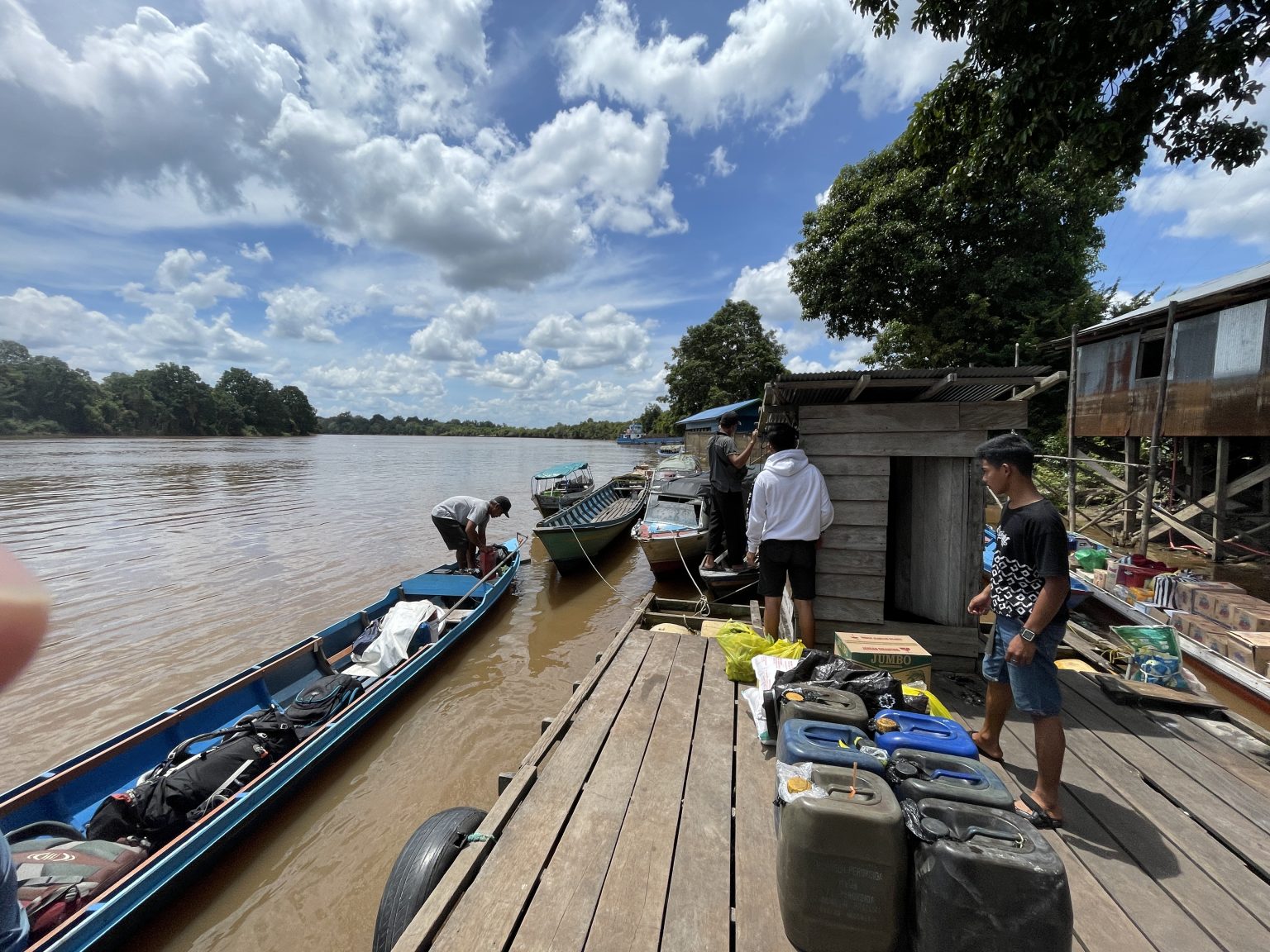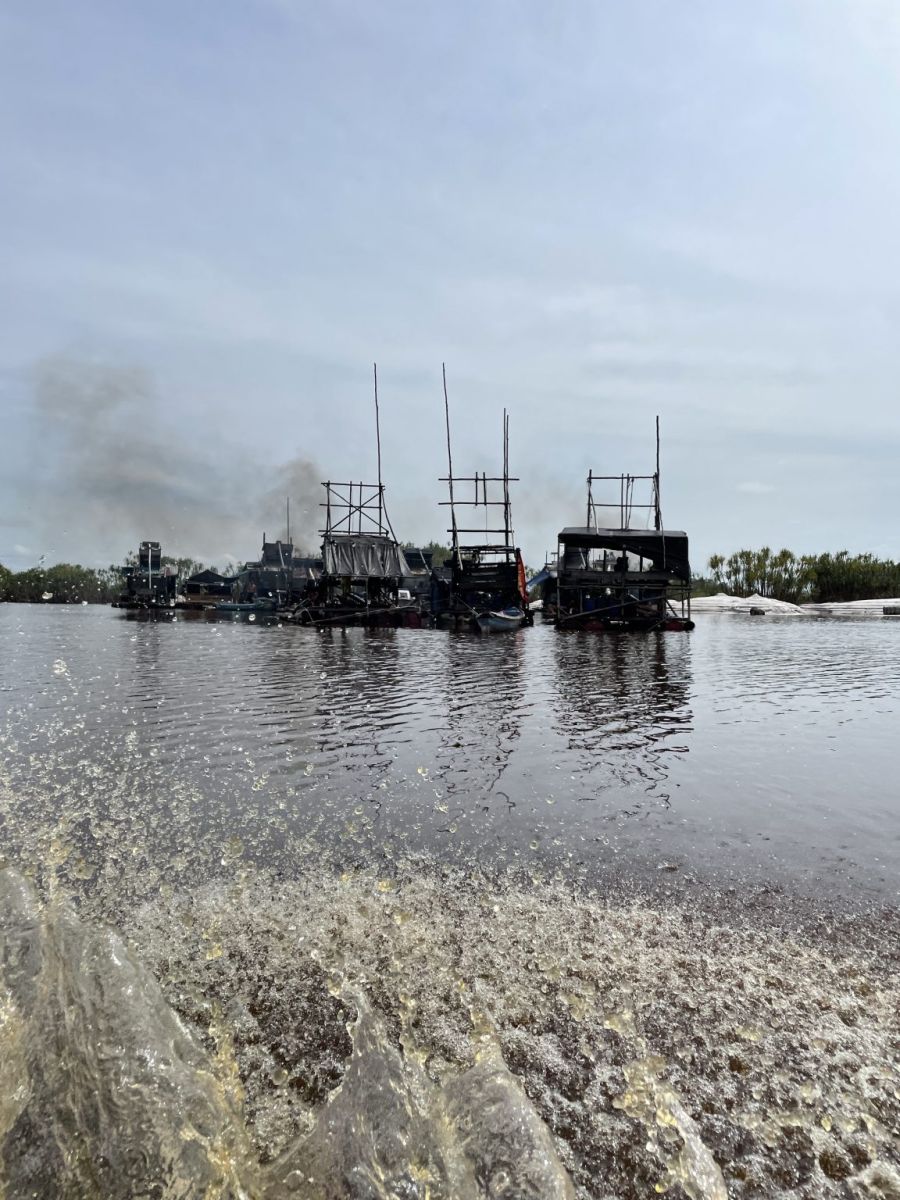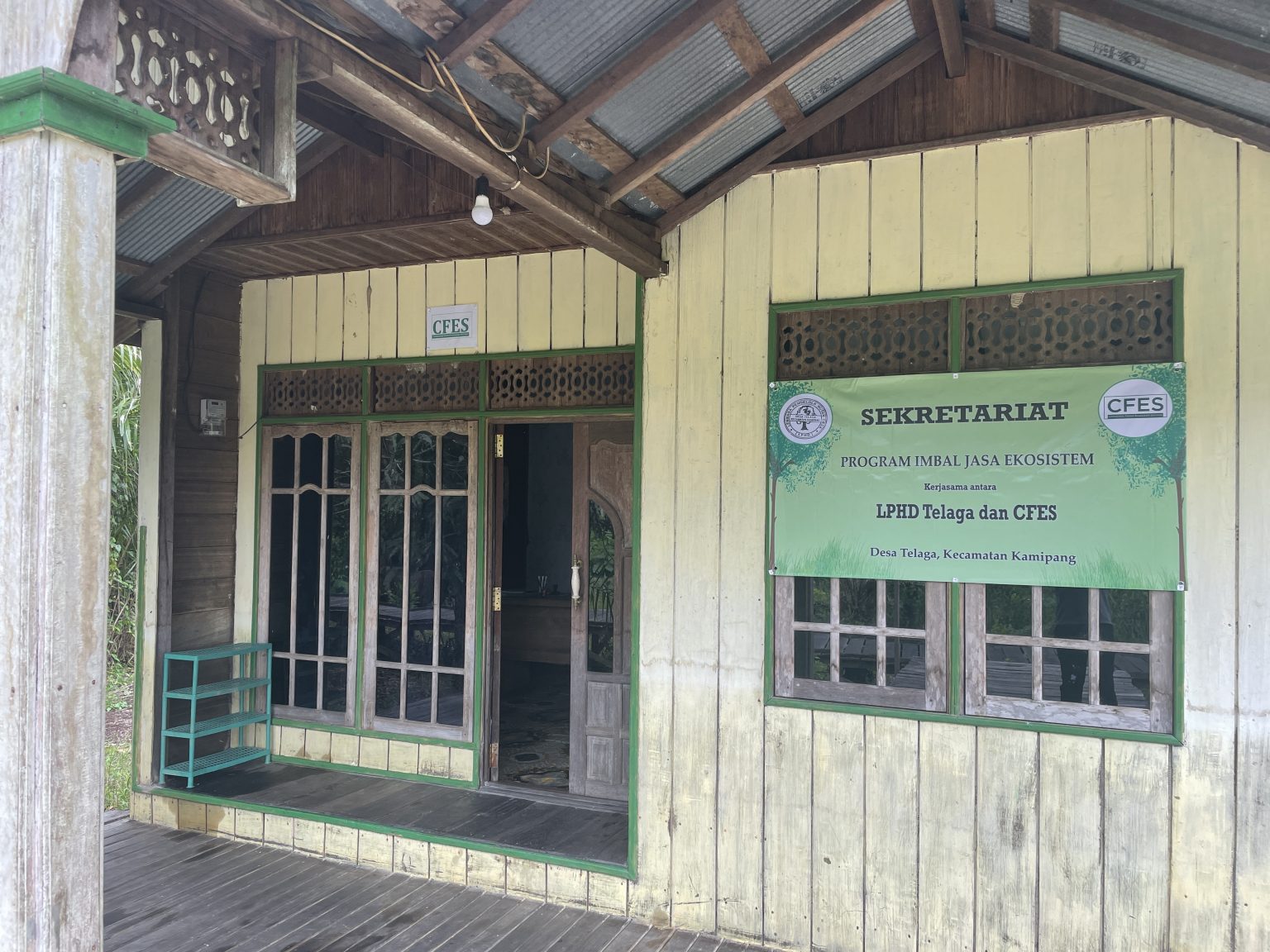
Telaga Village is located on the banks of the Katingan River, which is included in the regional administration of Kamipang District, Katingan Regency, Central Kalimantan Province. Access to Telaga Village can only be reached using a water taxi or klotok transportation. Access to Telaga Village starts from Palangkaraya by car to the port in Kereng Pakahi, Jahanjang Village, for 3 hours and 30 minutes, then from the port to Telaga Village using klotok with a duration of 1 hour and 30 minutes.
The population of Telaga Village in 2022 consisted of 1558 people, with 819 men and 739 women (436 families). The majority of the population of Telaga Village generally comes from the Dayak Ngaju ethnicity (Dayak Katingan), while the rest comes from the Banjar ethnicity and Javanese ethnicity.
The level of community welfare in 2022 was measured using the Participatory Well-being Assessment (PWA) method conducted through Focus Group Discussions (FGDs). The PWA involves the participation of the community in identifying and evaluating possible factors that contribute to their happiness and welfare. The measurement results showed that the level of interest in Telaga Village is divided into three categories, namely the sugih (Baduit)-wealthy, as many as 31 households; the middle class, as many as 325 households and the problematic (Jatoh Baduit). As many as 80 households belong to the poor (vulnerable) group who cannot meet the needs of a decent life. The results of the 2022 PWA also show that other livelihoods of residents in Telaga Village include dompeng workers (illegal gold mining), traders, agarwood seekers, swallow farmers, and wood swipe workers.

Based on the Population Document of Telaga Village in 2021, the population structure based on livelihoods consists of Agriculture at 4.95%, Processing Industry (fish) at 61.81%, Electricity, Gas, and Water Services at 1.03%, Construction, and Building Services 1.37%, Trade 1.72%, Transportation and Transport (klotok) 0.69% and Other Services 28.43%. Most Telaga Village residents, especially women, work as fishermen, traders, daily wage earners, and teachers. Women who lead household economic activities generally come from the Banjar and Dayak Ngaju ethnicities. The role of women in economic activities shows that men do not fully dominate gender relations. Although in the political field, in terms of decision-making and socio-cultural in the public sphere, it still needs to be seen significantly more.
Forests around the Telaga Village area are mostly forests with various management forms, such as customary, community, and village forests. The people of Telaga Village utilize the forest to obtain timber products such as meranti and ramin wood, as well as non-timber forest products such as gemur bark, kelanis roots, rattan, and agarwood.

The Village Forest Management Agency (LPHD) was formed in 2017 to manage the Village Forest covering an area of ± 2,758 ha. The management of Telaga HD through LPHD receives support from several stakeholders, including CFES through the RaCP program, PT. RMU through the Karhutla Patrol Program and the Village Government through village funds.ad